
Timeless Equestrian Elegance Sculpture
Dervis Akdemir
Sculpture - 57 x 37 x 35 cm Sculpture - 22.4 x 14.6 x 13.8 inch
Sold
The most reproduced animal in art since prehistoric times, the representation of the horse occupies a considerable place, especially in the field of sculpture. Whether its abstract, figurative, bronze, or wood, equestrian sculpture continues to reinvent itself over time. The diversity of media available to sculptors today makes it possible to offer a multidimensional artistic approach to this noble animal.
Save your search and find it in your favorites
Save your search to find it quickly
Saved search
Your search is accessible from the favorites tab > My favorite searches
Unsaved search
A problem occurred

Sculpture - 57 x 37 x 35 cm Sculpture - 22.4 x 14.6 x 13.8 inch
Sold


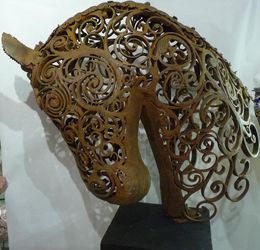
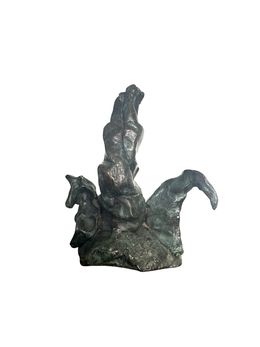
Sculpture - 17.1 x 14.6 x 7.6 cm Sculpture - 6.7 x 5.7 x 3 inch
Sold

Sculpture - 30 x 45 x 15 cm Sculpture - 11.8 x 17.7 x 5.9 inch
Sold

Sculpture - 115 x 88 x 40 cm Sculpture - 45.3 x 34.6 x 15.7 inch
Sold


Sculpture - 23 x 20 x 10 cm Sculpture - 9.1 x 7.9 x 3.9 inch
Sold

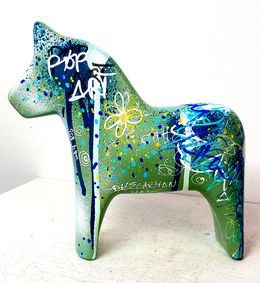
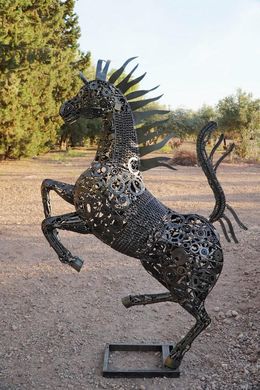
Sculpture - 160 x 35 x 130 cm Sculpture - 63 x 13.8 x 51.2 inch
Sold
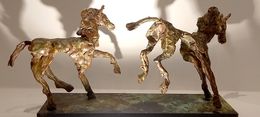

Sculpture - 160 x 40 x 130 cm Sculpture - 63 x 15.7 x 51.2 inch
Sold
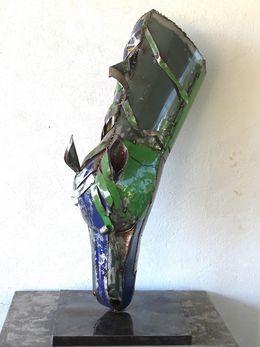
Sculpture - 100 x 40 x 58 cm Sculpture - 39.4 x 15.7 x 22.8 inch
Sold
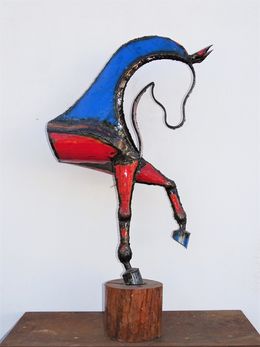
Sculpture - 123 x 30 x 75 cm Sculpture - 48.4 x 11.8 x 29.5 inch
Sold
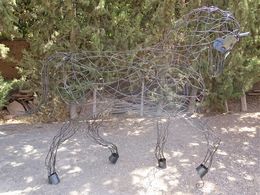
Sculpture - 200 x 60 x 280 cm Sculpture - 78.7 x 23.6 x 110.2 inch
Sold

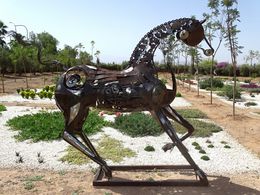
Sculpture - 220 x 270 x 63 cm Sculpture - 86.6 x 106.3 x 24.8 inch
Sold
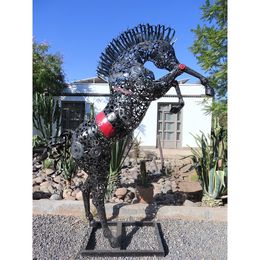
Sculpture - 290 x 250 x 70 cm Sculpture - 114.2 x 98.4 x 27.6 inch
Sold


Sculpture - 225 x 64 x 240 cm Sculpture - 88.6 x 25.2 x 94.5 inch
Sold

Sculpture - 210 x 300 x 80 cm Sculpture - 82.7 x 118.1 x 31.5 inch
Sold


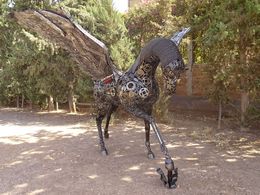
Sculpture - 255 x 75 x 260 cm Sculpture - 100.4 x 29.5 x 102.4 inch
Sold
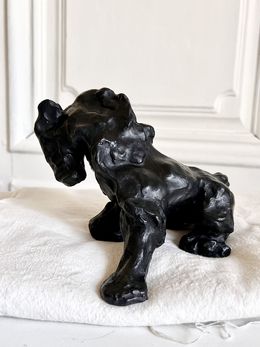
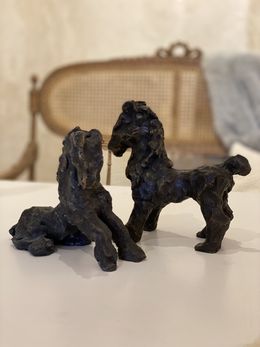
Sculpture - 18 x 30 x 16 cm Sculpture - 7.1 x 11.8 x 6.3 inch
Sold
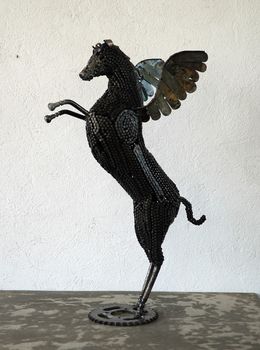
Sculpture - 59 x 20 x 40 cm Sculpture - 23.2 x 7.9 x 15.7 inch
Sold
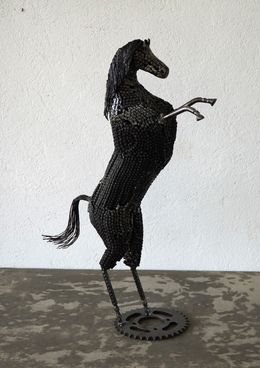
Sculpture - 59 x 15 x 40 cm Sculpture - 23.2 x 5.9 x 15.7 inch
Sold


Sculpture - 140 x 23 x 20 cm Sculpture - 55.1 x 9.1 x 7.9 inch
Sold
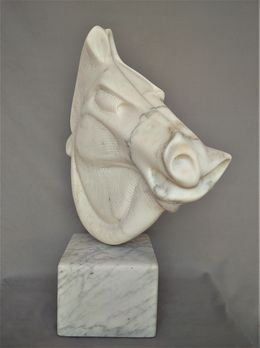
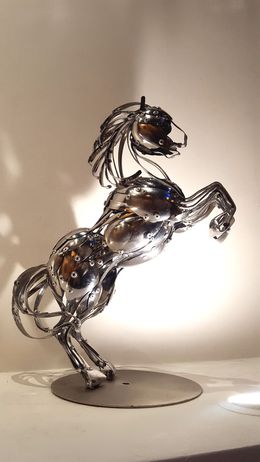
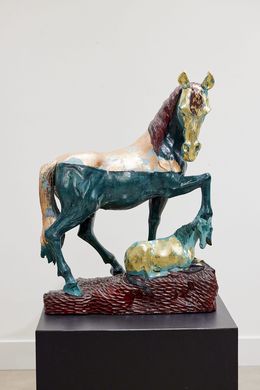
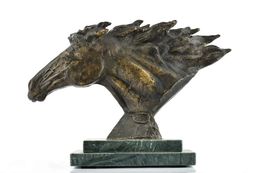



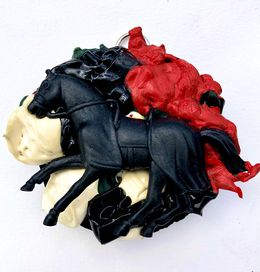
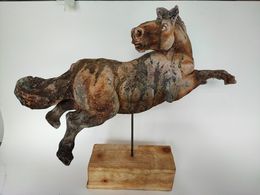

Sculpture - 90 x 20 x 80 cm Sculpture - 35.4 x 7.9 x 31.5 inch
Sold
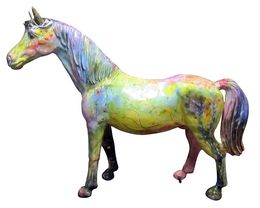
Sculpture - 115 x 105 x 30 cm Sculpture - 45.3 x 41.3 x 11.8 inch
Sold
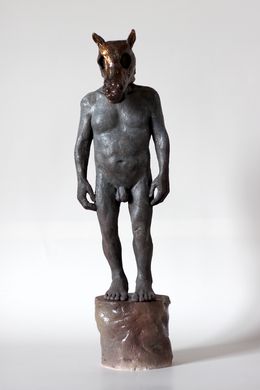
Sculpture - 49 x 15 x 15 cm Sculpture - 19.3 x 5.9 x 5.9 inch
Sold

Sculpture - 42.5 x 11 x 11 cm Sculpture - 16.7 x 4.3 x 4.3 inch
Sold
Horse statues or sculptures that depict a person mounted on a horse are usually called "equestrian sculptures", although "horse sculptures" refers to any sculpture of a horse.
The horse sculptures in Scotland are called The Kelpies, and depict two horse's heads on a very large scale, made from structural steel. They were created by public artist Andy Scott in 2013 and are located in Falkirk, Scotland.
Horses have been frequently represented in the history of art, particularly in sculpture. Equestrian statues often commemorated military figures and have also been used to signify the rise to power of the equestrian class (equites or knights) since Roman times.
Choose your preferences
The art is yours
The art is yours